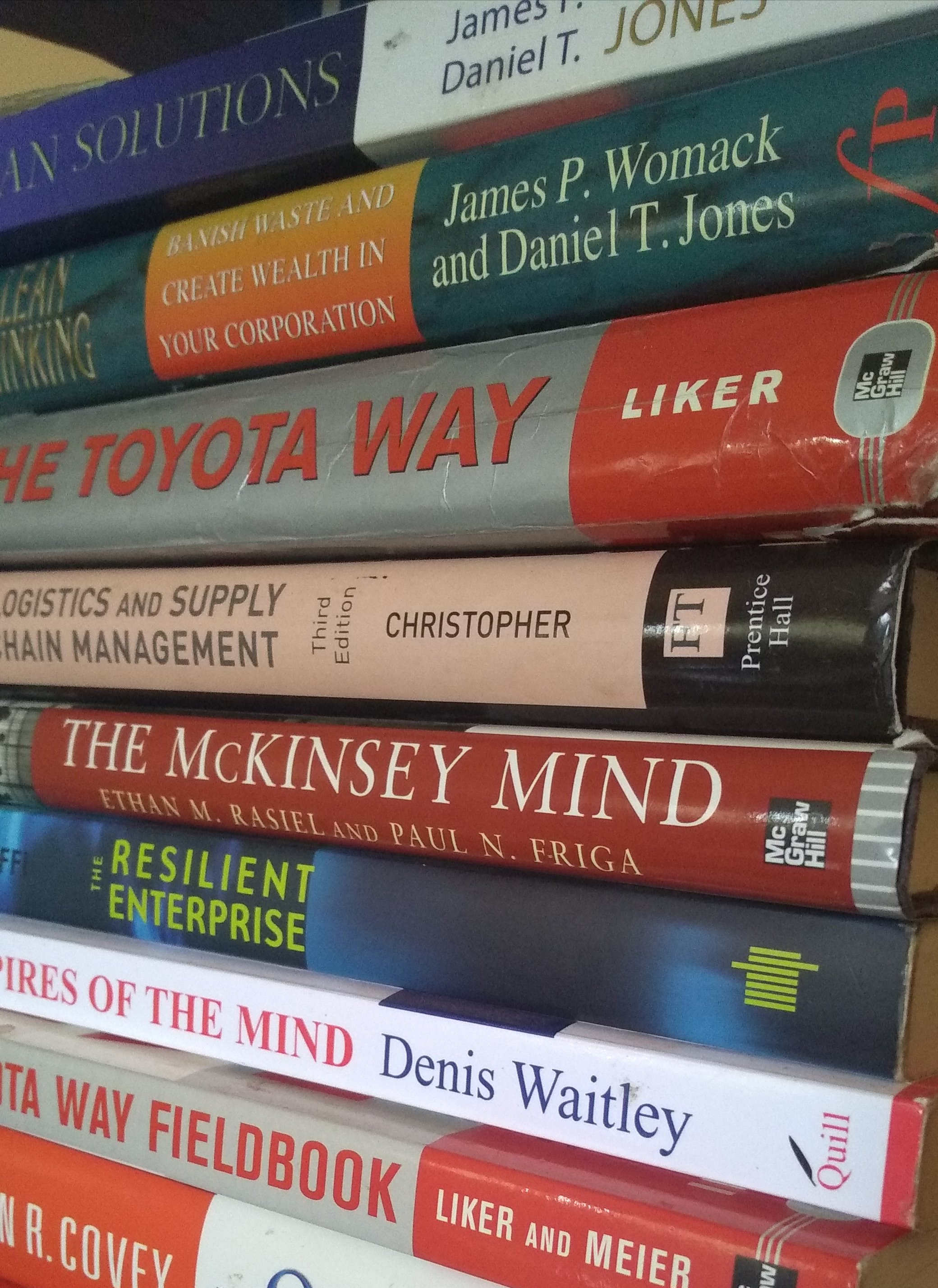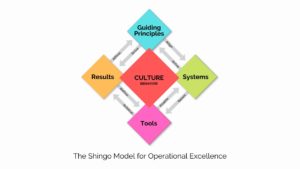Summary
- Inventory quantity is a measure of how well lean has matured
- Reducing inventory without streamlining processes can be a recipe for disaster
- Inventory velocity is more important than inventory reduction
- Supplier management to align to lean goals is key
- How inventory is received matters

Inventory is Muda
The ideal situation in lean is to have zero inventory. But for that ideal to be achieved, all parts of the value chain must work in a coordinated fashion.
Because this is difficult to achieve, the next best thing is to have optimal inventory. This should be replenished in a timely fashion.
I have gained a lot of experience with inventory and the role it plays in lean. As a stores manager in an airline catering unit, my job was to ensure enough raw materials were available.
Before lean, we spend so much time and effort receiving, storing and managing excess stock. After several Kaizen workshops, we were able to optimize the amount of inventory.
This led to an increase in space, reduced overtime and stock obsolescence. On our journey to a lean store, we also learnt a number of things.
Read also:
Kaizen Musings — In Lean, Slow is Fast
In the beginning, we misunderstood the principles behind lean inventory management. This led us to reduce our stock to dangerously low levels.
It had reached a point where we were causing more problems to downstream processes than before.
While our reports on inventory costs showed a significant decrease, it was not lost on management that customer complaints had increased.
So, what went wrong? A key learning in this was that demand signals must always be used when making stocking decisions.
Reducing inventory for the sake of making the numbers look good is a poor strategy.
If the downstream processes have not improved their processes, then starving them of inventory will cause more problems.
Lean inventory has a high velocity and turns more frequently. This also applies to both raw material and finished product inventory.
The extended enterprise must also be involved. This prevents shifting bottlenecks upstream.
I also realized that how inventory is received also makes a difference. The sequence of material receiving should match the production sequence.


